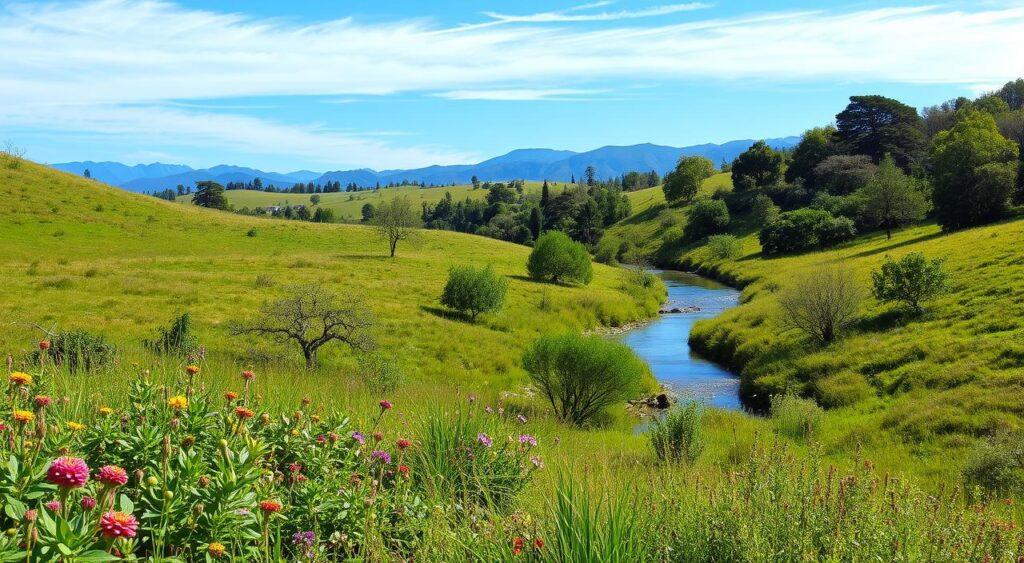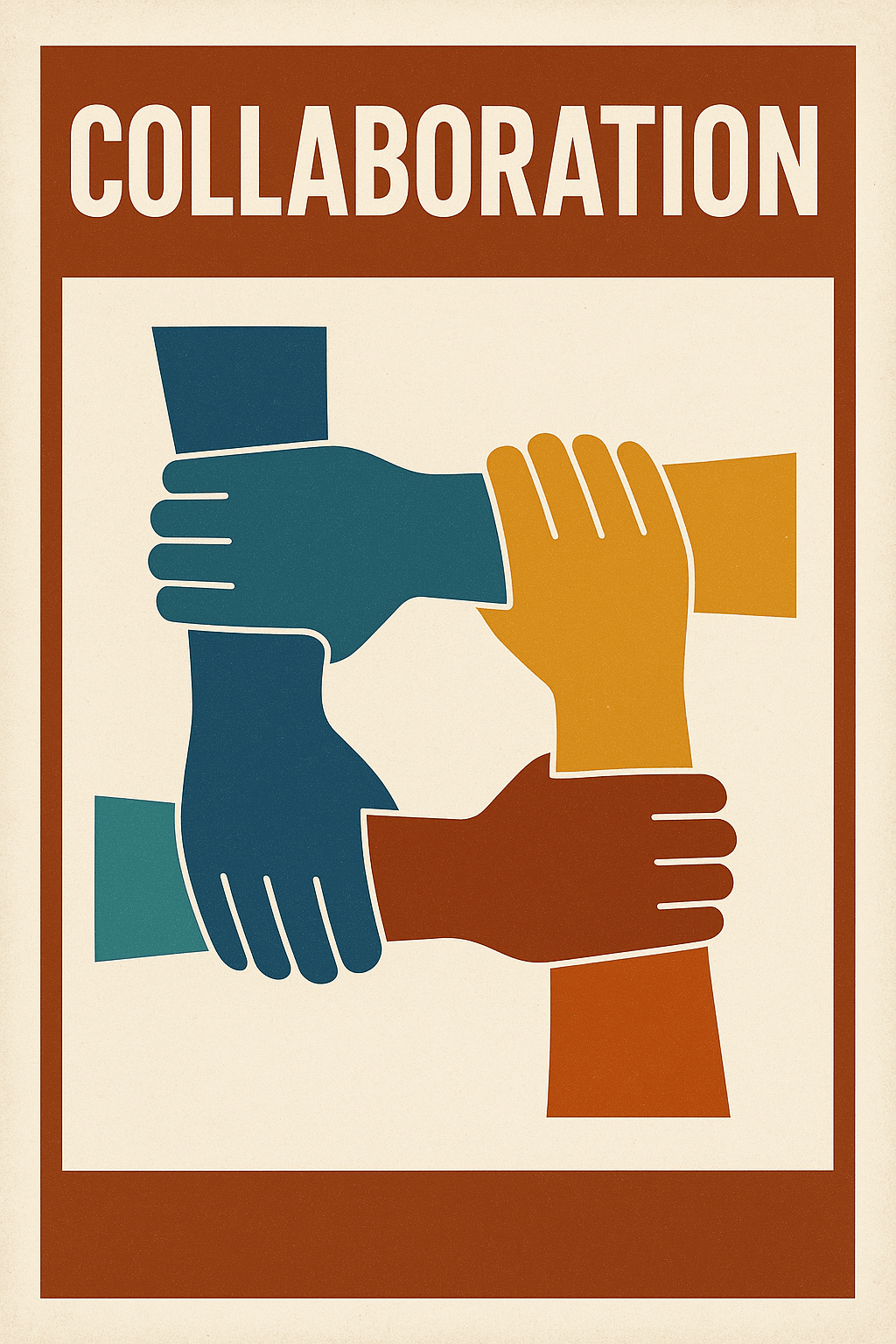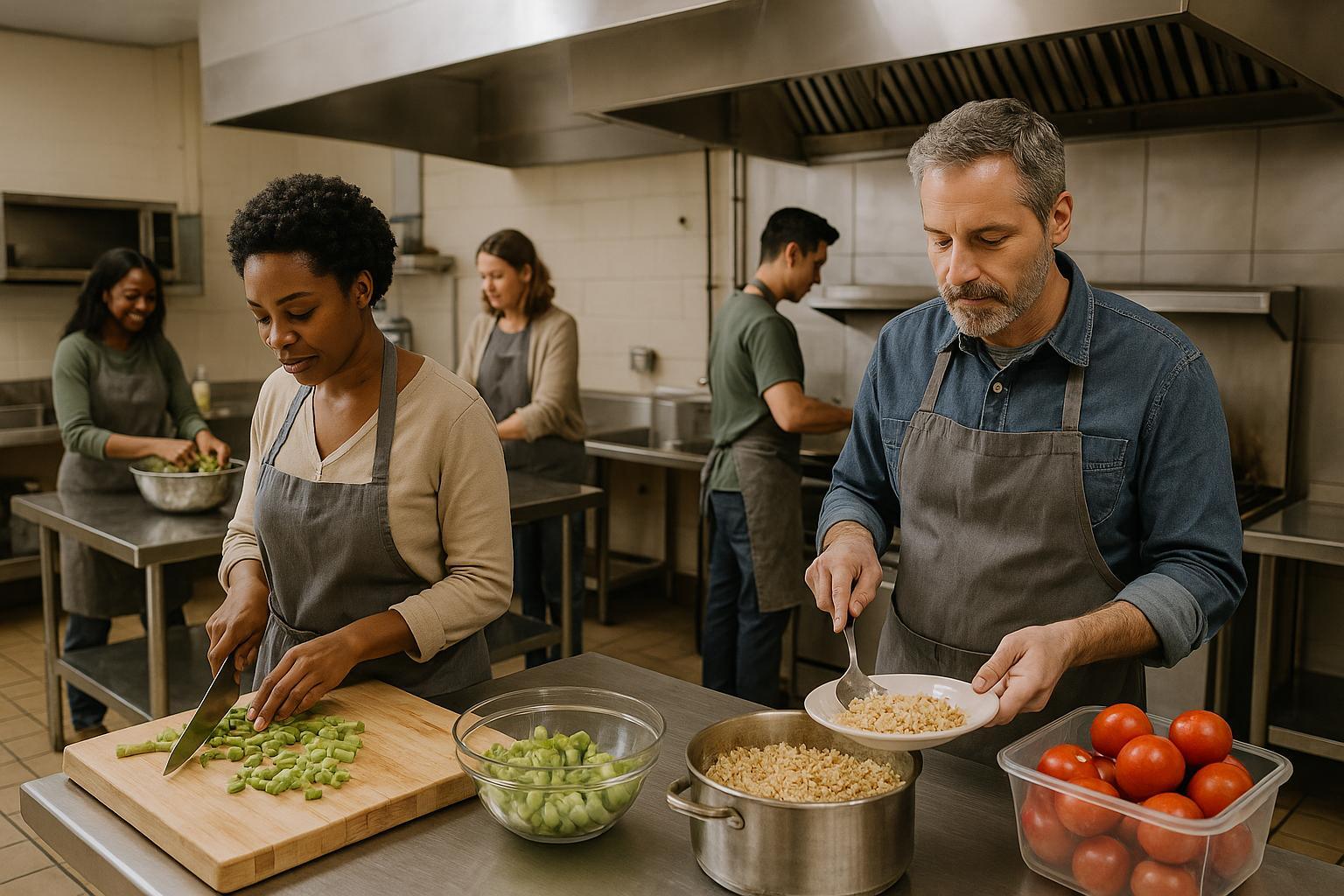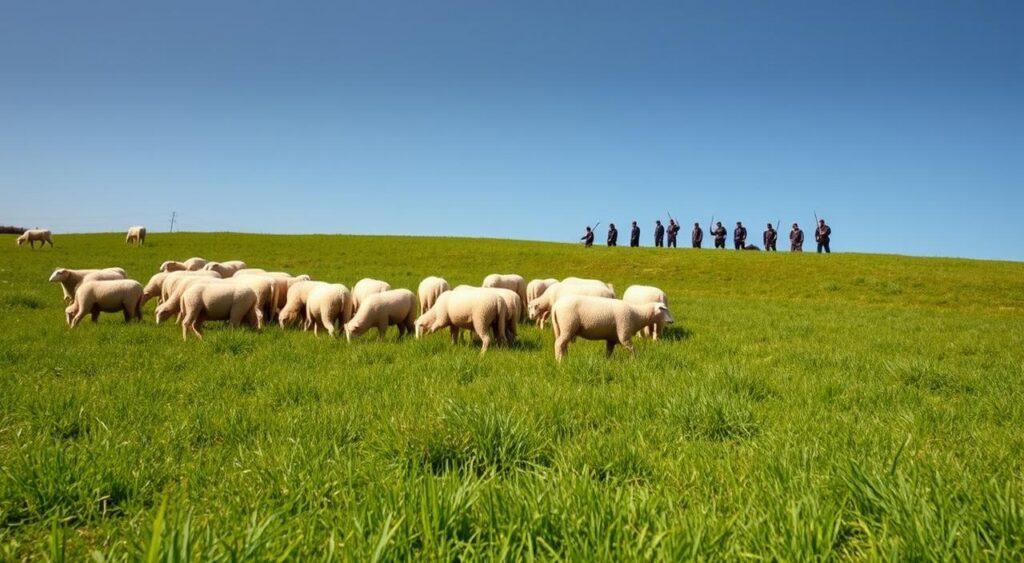Imagine a shared pasture where farmers let their cattle graze freely. At first, everyone benefits. But what happens when each person adds just one more cow to maximize their gain? This scenario captures the core idea behind a powerful concept in decision-making: the tragedy of the commons mental model, a key theory illustrating the tragedy commons.
First described by economist William Forster Lloyd in the 1800s and later expanded by ecologist Garrett Hardin, this theory reveals a critical problem. When individuals prioritize short-term personal interests over collective well-being, shared systems—like land, oceans, or even digital resources—can face destruction.
Think of traffic jams during rush hour or overfished oceans. These aren’t accidents. They’re predictable outcomes of human behavior patterns and tragedies that affect the world.
Why does this matter today? From climate policy to workplace dynamics, this model helps explain why some challenges feel impossible to solve. It’s not about “bad people” making poor choices—it’s about systems that unintentionally reward self-focused actions. By understanding these patterns of behavior, we can design better solutions for communities and businesses alike, changing the way we address these critical issues.
Key Takeaways
- Explains how individual actions can harm shared resources over time
- Originated in 19th-century economic theory and ecological studies
- Applies to modern issues like pollution and digital content overload
- Highlights conflict between personal gain and group benefits, illustrating the tragedy commons
- This theory reveals the effects of behavior on shared resources, not about blaming people.
Understanding the Origins and Fundamental Concepts
Imagine a village well that dries up because everyone takes more water than needed. This simple example shows how good intentions can lead to collective problems in the management of shared resources. Let’s explore how thinkers uncovered this pattern in human behavior, illustrating the theory of the tragedy commons.
Historical Origins and Key Figures
British economist William Forster Lloyd noticed the the tragedy commons. problem in 1833. He studied shared pastures where herders added extra sheep for personal gain, unaware they were harming the land. Centuries later, ecologist Garrett Hardin revived these ideas in his seminal work about population growth and resource limits.
Core Definitions and Underlying Principles
At its heart, this theory asks: What happens when people chase short-term wins? Three key ideas emerge:
| Principle | Economic Impact | Ecological Effect |
|---|---|---|
| Unlimited access | Overgrazed fields | Deforestation |
| No oversight | Stock market crashes | Polluted rivers |
| Personal incentives | Bonus-driven risks | Overfished oceans |
Modern management strategies tackle these challenges. Cities use toll roads to reduce traffic. Fisheries set catch limits as part of the theory of the tragedy commons. These solutions balance individual freedom with group needs, providing an example of how effective systems can mitigate potential tragedies related to resource overuse.
Why does this matter for decision-making today? When we understand these patterns and the effects of individual actions on shared resources, we can design better systems—from office policies to climate agreements—that help people thrive long-term and avoid the way these tragedies unfold.
The Tragedy in Economics and Ecology

Think of a neighborhood park where everyone walks their dogs but never cleans up. At first, it seems harmless—until the grass dies and the space becomes unusable. This everyday scenario mirrors larger patterns where smart individual decisions create group disasters. Let’s explore why “rational” choices often backfire.
Tragedy of The Commons Mental Model: Wrong Choices
Economists call it the “rational actor” theory. If one fisherman adds extra nets to catch more fish, they boost profits. But when everyone does this, stocks collapse. A 2022 study showed 35% of global fisheries now operate beyond sustainable limits. Personal gain clashes with shared survival.
Nature’s Warning Signs
Forests tell a similar story. Families cutting trees for firewood might solve immediate needs. Multiply this by millions, and you get landslides and habitat loss. The Amazon lost 13,235 sq km of rainforest in 2021 alone—equivalent to 2.3 million football fields.
| Shared Resource | Economic Effect | Ecological Effect | Solution |
|---|---|---|---|
| Fisheries | Short-term profits | Collapsed species | Catch quotas |
| Forests | Timber revenue | Soil erosion | Reforestation taxes |
| Groundwater | Farm expansion | Dried wells | Usage meters |
How do we fix this? Cities like Singapore charge higher water rates during droughts. Chile’s fishing communities use tradable catch permits. These management strategies align personal rewards with group survival—proving smart systems can prevent disasters.
Tragedy of the Commons Mental Model in Modern Business Practices

Consider a coffee shop chain offering unlimited refills. Customers initially love it—until locations become overcrowded and quality drops. Many corporations face similar dilemmas, chasing immediate wins while draining shared resources like customer trust or employee morale.
Corporate Incentives and Short-Term Gains
Wall Street’s earnings obsession creates a dangerous pattern. A 2023 study found 72% of executives would delay eco-friendly projects to hit quarterly targets. Loan officers once received bonuses for approving risky mortgages quickly—a decision that fueled the 2008 housing crash when defaults piled up years later.
Why do smart teams make poor choices? Stock-based pay packages reward short-term stock pops. Retailers overorder inventory to boost sales numbers, then landfill unsold goods. These actions make individual sense but collectively strain systems.
| Industry | Short-Term Tactic | Long-Term Cost |
|---|---|---|
| Tech | Aggressive data mining | User privacy lawsuits |
| Fashion | Cheap synthetic fabrics | Microplastic pollution |
| Food | Overfishing quotas | Collapsed fish stocks |
Forward-thinking companies are flipping the script. Patagonia ties executive bonuses to sustainability metrics. Unilever measures success through social impact alongside profits. By aligning rewards with lasting outcomes, businesses can avoid the tragedy commons trap while staying competitive.
Could your workplace benefit from this strategy shift? Simple changes like five-year performance reviews or green investment funds help balance today’s needs with tomorrow’s possibilities.
Digital Age Implications: Advertising, Marketing, and Media

Visualize a highway where every billboard competes for your gaze. Drivers swerve dangerously while trying to read them all. This modern scenario mirrors how digital platforms strain our shared resource: human attention. When brands prioritize clicks over value, everyone loses.
Advertising Strategies and Consumer Attention
Marketers face a paradox. Sending five daily emails might boost opens temporarily. But when every business does this, inboxes drown in promotions. Users tune out—or worse, install ad blockers. A 2023 study found 42% of Americans now use spam filters daily, up 17% from 2020.
Pop-up ads once converted well. Today, they’re like shouting neighbors at a library. Visitors leave sites faster, harming outcomes for all advertisers. It’s a classic shared-resource dilemma, where individual wins create collective losses.
Shift from Mass Marketing to Authentic Engagement
Smart teams now treat attention like rare minerals. Patagonia’s “Don’t Buy This Jacket” campaign cut sales pressure to highlight sustainability. Result? A 40% loyalty boost among eco-conscious shoppers.
User-generated content thrives because it feels human, not transactional. Glossier built a $1.8B brand by letting customers co-create products. As one marketer told Forbes: “We’re gardeners, not hunters now.”
Could your decisions nurture trust instead of draining it? Like fishermen agreeing to net limits, brands need collaborative systems that protect our digital commons for tomorrow’s campaigns.
Strategies to Mitigate the Commons Tragedy
Imagine a library where every visitor takes home one book but never returns it. Soon, shelves sit empty. This modern dilemma shows why we need fresh strategies to protect shared assets and address the tragedy commons mental model. Creative approaches can turn destructive cycles into sustainable systems when people collaborate to avoid the tragedy of resource depletion.
Behavioral Innovation and Creative Adaptation
Alaska’s community-run fisheries prove change works. By giving locals voting rights on catch limits, they’ve maintained fish stocks for 40+ years. How? They replaced competition with cooperative decision-making.
Companies like Patagonia use similar logic. Their “buy less” campaigns reduced overproduction while boosting brand loyalty. Tech firms now share anonymized data through industry coalitions to combat cyber threats collectively.
| Strategy | Example | Outcome |
|---|---|---|
| Dynamic quotas | Maine lobster cooperatives | Stable harvests since 1995 |
| Skill-sharing hubs | Salesforce Trailhead training | 70% faster problem-solving |
| Transparency dashboards | Walmart supply chain tracking | 27% waste reduction |
Implementing Stewardship and Shared Learning Systems
Seattle’s tool libraries show stewardship in action. Members borrow equipment instead of buying new, saving money and storage space. Could your business adopt this mindset to avoid the tragedy of the commons?
Procter & Gamble’s “open innovation” program invites outsiders to solve R&D challenges. This approach cut development costs by 35% while sparking breakthrough products. When organizations share knowledge, everyone benefits, helping to prevent the tragedy that can arise from isolated efforts.
Remember the empty library? Some now use digital lending with automatic returns. Small tweaks in behavior and systems create lasting change—one borrowed book (or idea) at a time.
Learning Systems and Organizational Adaptation

Imagine a community kitchen where everyone borrows spices but never replaces them. Soon, the shelves hold empty jars. This everyday problem mirrors how teams can drain shared resources without systems to replenish them, leading to a potential tragedy of the commons. How do successful organizations break this cycle?
Institutional Learning and Capacity Building
Canon transformed photography by treating knowledge like seeds. They grew eight core skills into 30+ products—cameras, printers, even medical devices. Motorola did similar magic, shifting from radios to satellites. Both prove learning isn’t about memorizing facts. It’s about adapting tools for new challenges, avoiding the tragedy of the commons mental model where shared resources can become depleted without a proper system in place.
Google’s “20% time” policy lets engineers explore passion projects. Result? Gmail and Google Maps emerged from side experiments. Airbnb trains staff in cross-functional skills, helping teams pivot during travel downturns. These aren’t perks—they’re survival tactics in fast-changing markets, essential to prevent the tragedy that can arise from neglecting collaborative growth.
Long-Term Strategic Planning in Complex Systems
Great plans balance today’s fires with tomorrow’s possibilities. Salesforce’s Trailhead platform teaches coding to non-tech staff. Employees solve problems 70% faster while feeling valued. Walmart’s supply chain dashboard cut waste by 27% through real-time data sharing.
| Strategy | Organization | Outcome |
|---|---|---|
| Skill hubs | Salesforce | Faster innovation |
| Open innovation | Procter & Gamble | 35% cost savings |
| Transparency tools | Walmart | Less waste |
Why does this matter? Teams that learn together grow together. Like gardeners swapping seeds, organizations thrive when they share knowledge. Could your workplace benefit from a “tool library” mindset—where skills and ideas circulate freely?
Real World Examples and Applications Across Industries
Picture a river that once ran brown with pollution now teeming with fish. This isn’t a fantasy—it’s the result of smart environmental strategies that transformed collapsing ecosystems. Across industries, communities are proving shared resources can thrive when people balance needs with care, avoiding the tragedy of the commons mental model and ensuring a sustainable system.
Turning Crisis Into Collaboration
The Rhine River cleanup shows what’s possible. By the 1980s, industrial waste had turned it into a “chemical soup.” Through international treaties, factories adopted cleaner tech while cities upgraded treatment plants.
Fish populations rebounded 400% in 20 years. How did they do it? Strict pollution caps enforced across six nations, addressing the tragedy of the commons.
Maine’s lobster industry offers another win. Fishermen once competed to catch more, risking stock collapse and contributing to the tragedy of overfishing. Today, they enforce strict trap limits and protect breeding zones. Result? Sustainable harvests since 1995—and higher profits per catch, showcasing how people can manage resources effectively within the system.
| Region | Challenge | Solution | Outcome |
|---|---|---|---|
| Costa Rica | Deforestation | Payments for ecosystem services | 60% forest regrowth since 1990 |
| Singapore | Water scarcity | Reclaimed NEWater system | 40% supply independence |
| Alaska | Overfishing | Community catch shares | Stable salmon runs since 1974 |
These cases share a pattern: rules created with users, not imposed on them. When fishers help set quotas or farmers design irrigation plans, compliance jumps.
A 2023 UN report found community-led projects have 73% higher success rates than top-down approaches, illustrating how individuals can avoid the tragedy of the commons through effective resource management models.
Could your industry adopt this mindset? From carbon credit markets to open-source software, the theory holds true. By valuing tomorrow’s needs alongside today’s gains, we rewrite the script on resource management—one cooperative choice at a time, empowering people to reshape the system.
Conclusion
Picture your favorite beach slowly disappearing under plastic bottles and food wrappers. This modern dilemma mirrors what happens when personal choices clash with group needs, highlighting the tragedy of the commons. We’ve explored how shared-resource challenges appear in fishing grounds, corporate boardrooms, and even crowded email inboxes.
Three lessons stand out. First, individual gains often diminish collective wealth when systems lack safeguards, leading to potential tragedies for communities. Second, solutions like catch quotas or transparency tools work best when individuals and communities co-create them. Third, digital spaces need protection too—our attention is a finite resource in these complex systems.
From Maine’s lobster cooperatives to Patagonia’s eco-policies, success stories prove collaboration beats competition. Simple changes matter: dynamic pricing during droughts, skill-sharing hubs at work, or brands prioritizing trust over clicks, which can mitigate the effects of these tragedies.
Every choice ripples outward. Will you optimize for tomorrow’s needs or today’s convenience? Like villagers maintaining a clean well, we all benefit when balancing self-interest with stewardship. What small step will you take to protect our shared resources this week?


